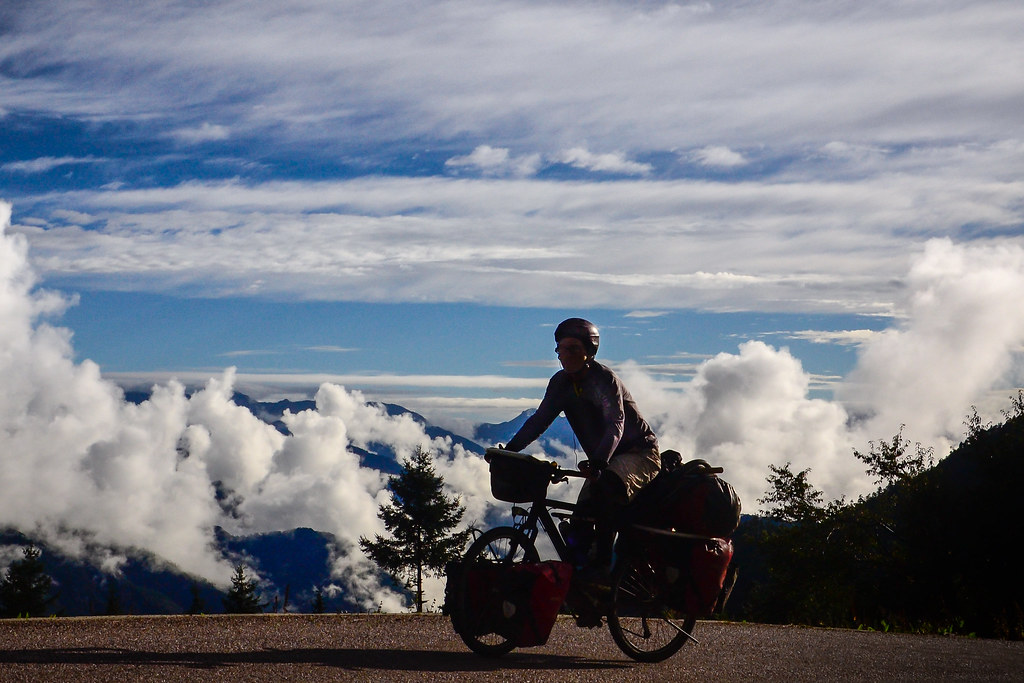
Southwest China deserves to be near the top of any adventure cyclist’s must-ride list. The last 3 weeks biking Yunnan province have been some of the best in recent years. Yunnan is a place of empty spaces, pristine natural beauty and a colorful mix of ethnic groups.
Check your misconceptions
If your image of China is packed and polluted cities and a frenetic pace of life, think again. This part of China bears no resemblance to the country’s densely populated eastern seaboard.
Sure, you can still find modern cities and a few glitzy shopping malls in Yunnan. But roll out to the rural areas and it’s a mammoth step back in time.
Markets are the best place to soak in the atmosphere. Everything imaginable is for sale. There are insects and snakes and odd pickled vegetables, live chickens and goats and whole sections devoted to the sale of loudly squealing pigs.
Just being part of all the hub-bub is exciting. Old women doubled over under the weight of enormous loads elbow their way through the crowd. Men slash chickens’ necks in a mechanical fashion and toss them aside to be boiled up for waiting customers. Whole pigs and cows are sawed and hacked into individual portions across from the lady expertly dicing eggplant and cauliflower. Families from outlying villages roll into town on heavily-laden motorcycles ready to trade their harvest for life’s necessities.
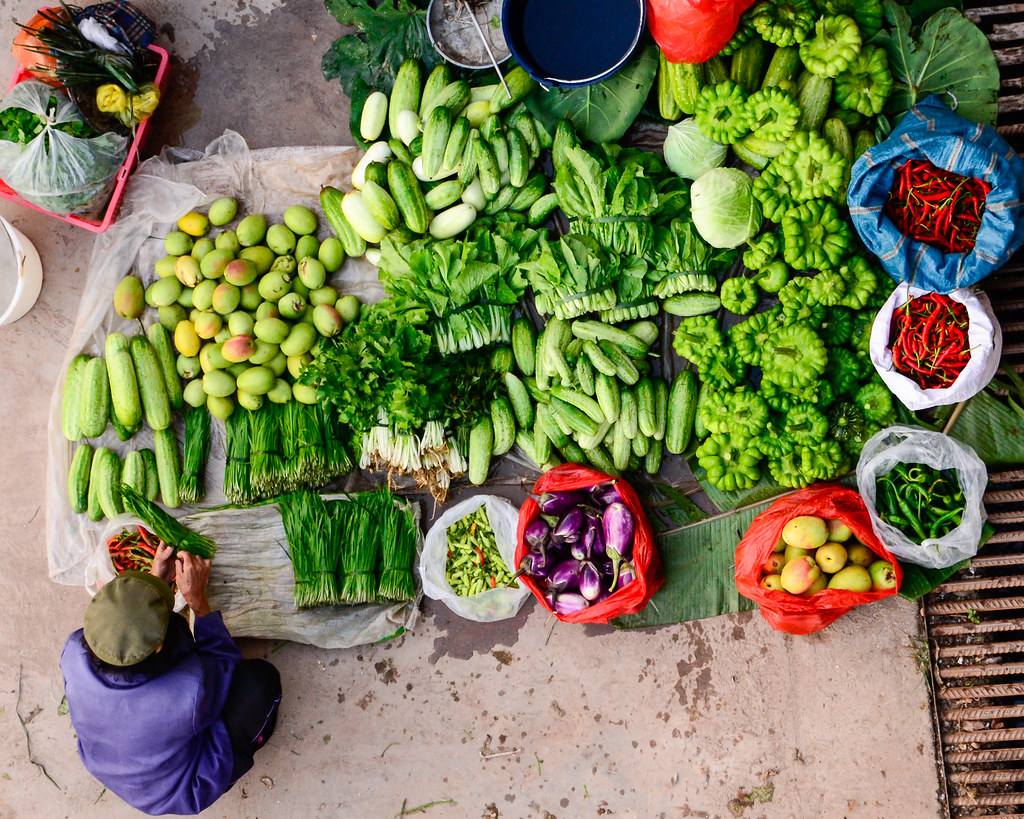
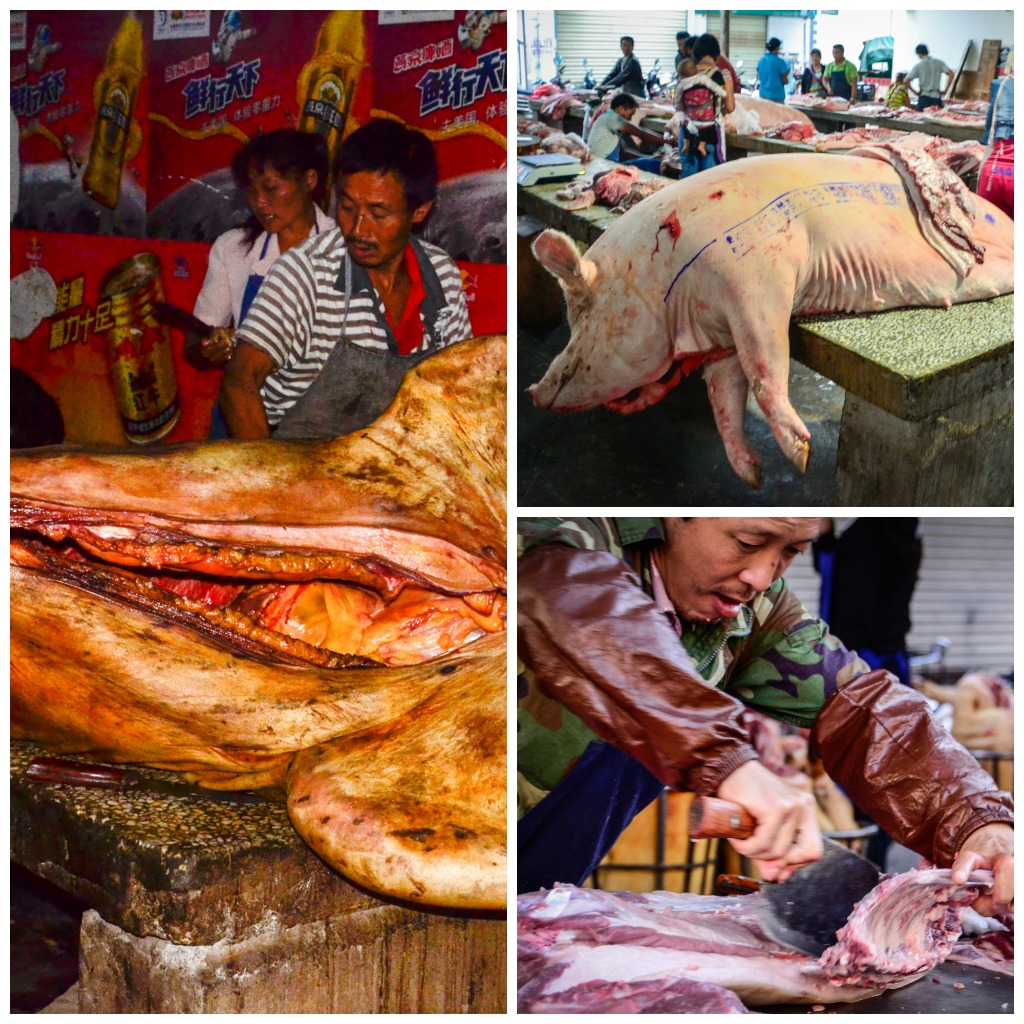
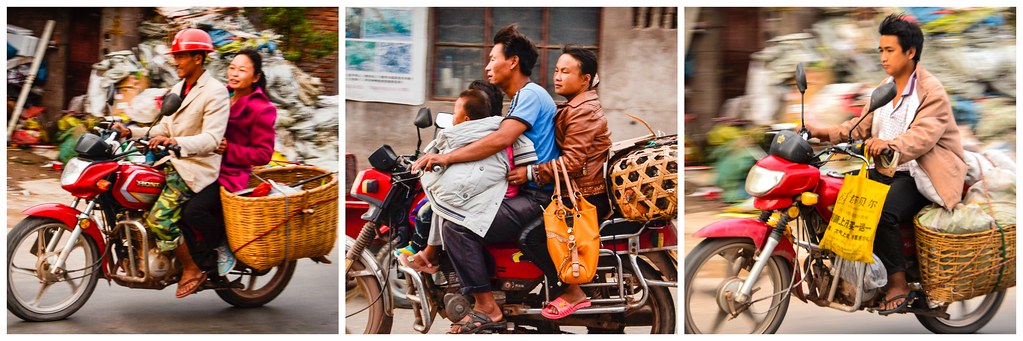
All types of people
The people of Yunnan are a colorful mix of minority groups (including the Dai, Yi, Li and Naxi peoples) and Han Chinese. It’s fascinating to see how local dress changes from one small region to the next. Men seem to favor military fatigues for work in the fields. The more remote the village, the fewer young people you’re likely to come across. They’ve all headed off to the cities in hopes of landing a factory job.
I’m continually amazed at how hard people work, even at what appears to be very advanced age. Mechanization is minimal and much work is still done by hand.
Right season for cycling
Autumn is a lovely time to tour in Yunnan. The harvest is in full swing. In one area locals were hauling in sacks of walnuts to be weighed and traded. In another spot, rice stalks were being slashed by hand. In the mountains, we roll past grizzled old men tending groups of goats and sprightly women meandering along with a herd of unruly cows.

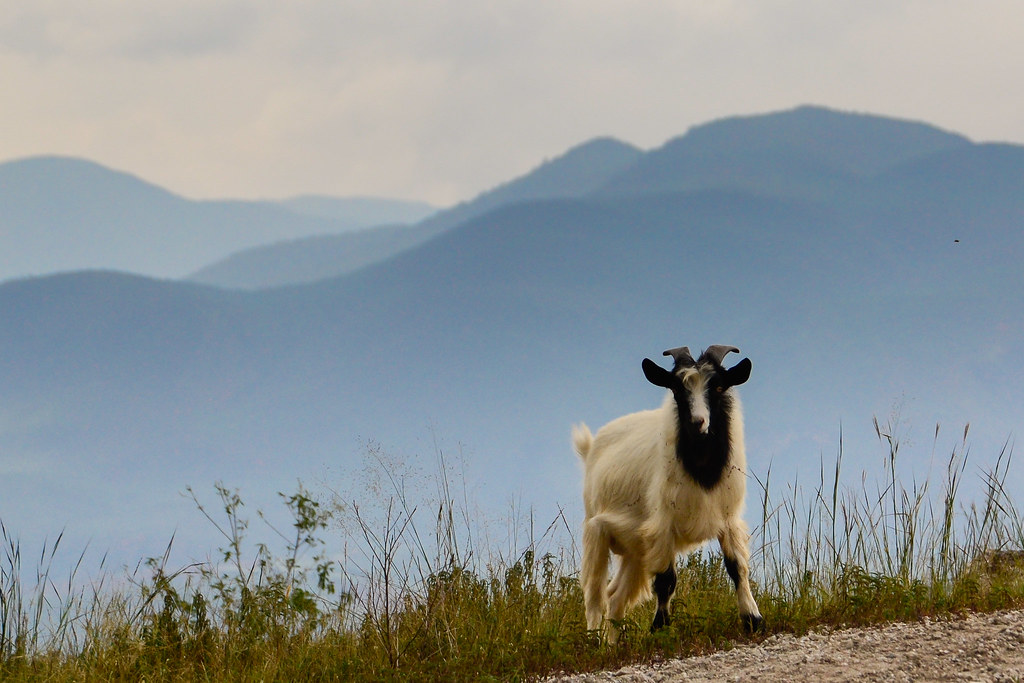
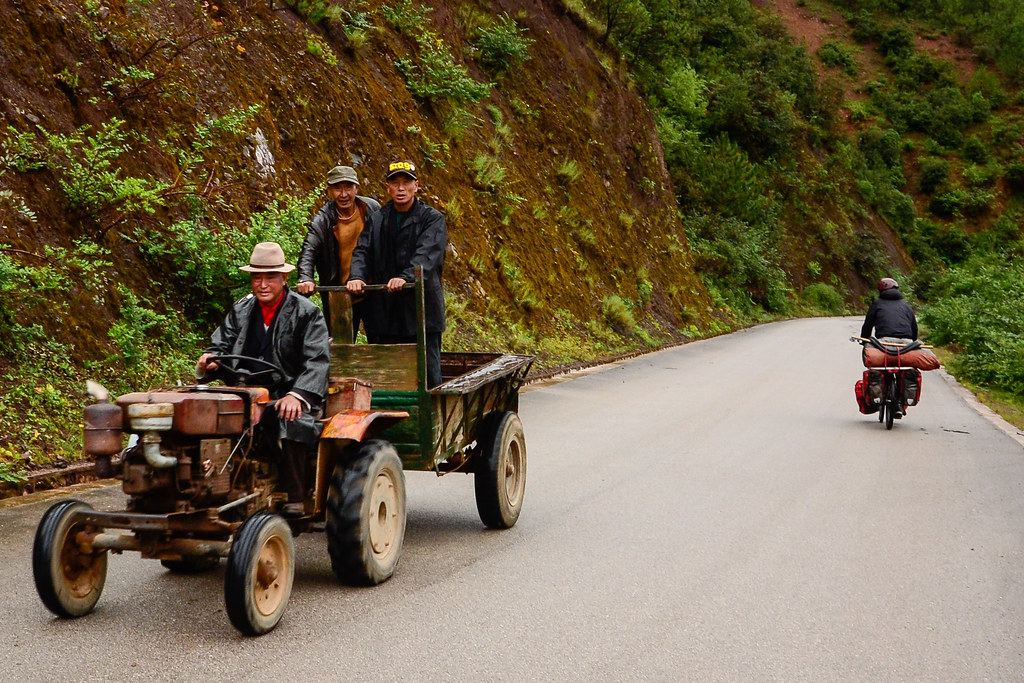
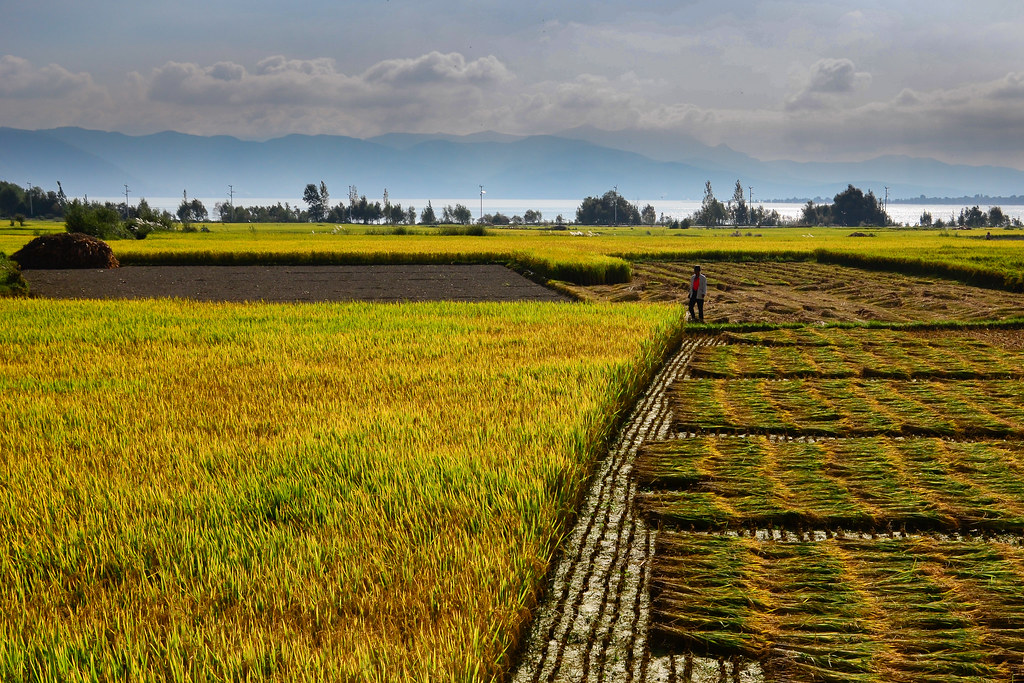
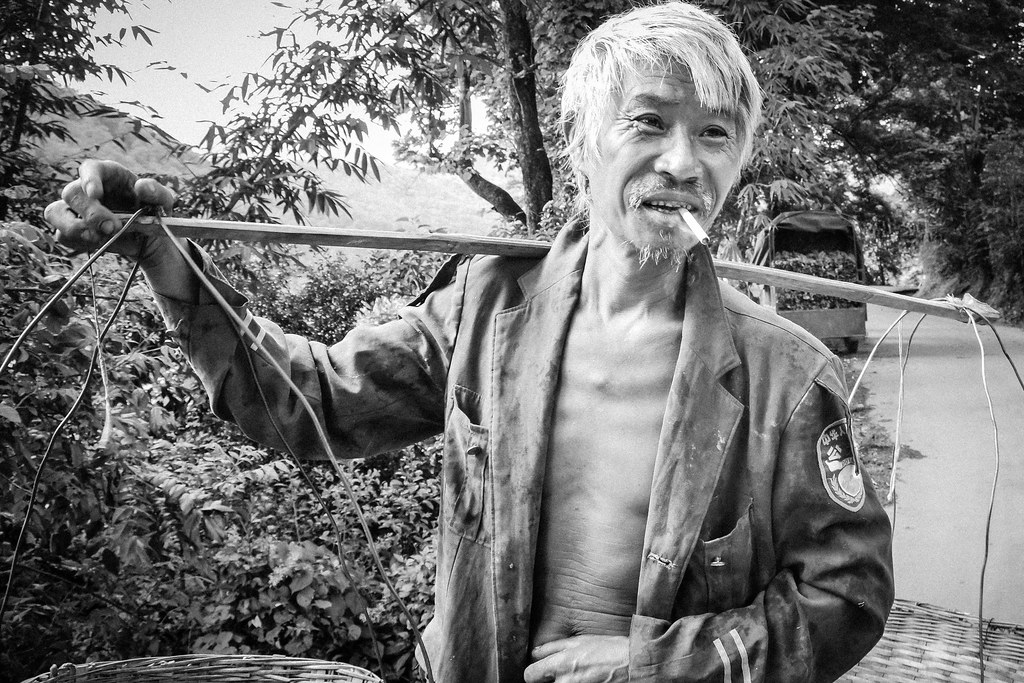
We love rural life and checking out villages that don’t seem to have changed much in decades. But there’s much more to explore in Yunnan province.
The ancient cities of Lijiang, Dali and Weishan are the region’s biggest tourist draws. We ambled down the cobbled streets and past painstakingly-restored buildings in each of them. We were duly impressed. They’re mega touristy, but if you slip into the back alleys you can almost uncover a sense of authenticity.

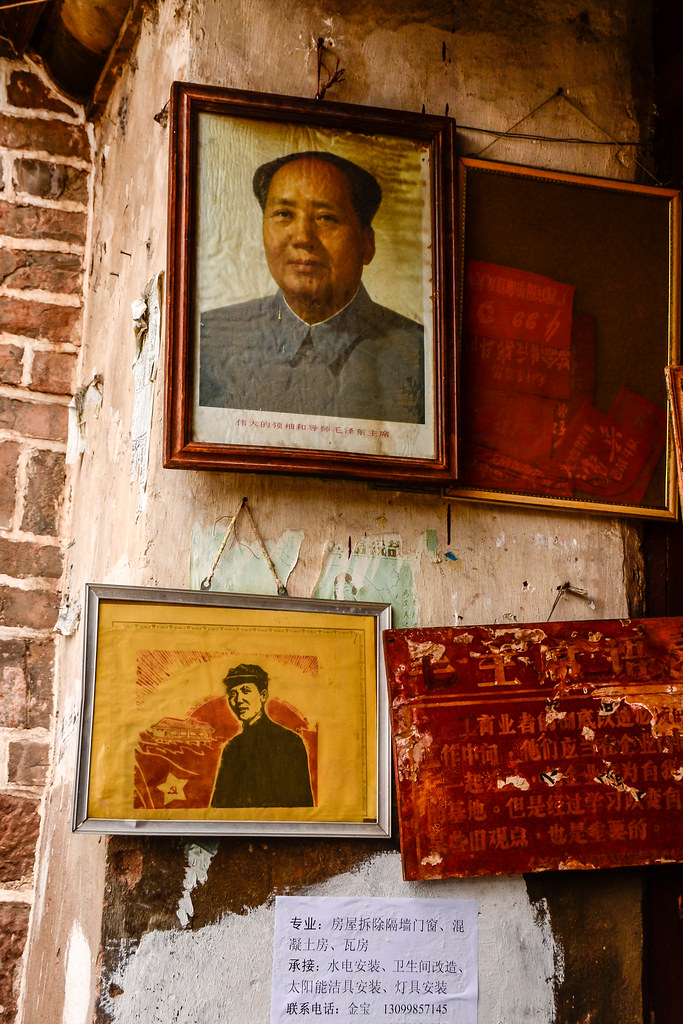
The top reason to bicycle tour in China
Of course, what draws cyclists to the region is the incredible beauty and diversity of the landscapes. Lowland areas have a positively tropical feel with their palm trees, verdant rice terraces and sprawling tea plantations. Once you draw nearer to the Sichuan border, elevation increases (our highest pass so far has been 3,700 meters), temperatures drop precipitously and alpine scenery takes over. One of our most beautiful camping spots ever was at the foot of the imposing Jade Dragon Snow Mountain, whose peak soars to 5,500 meters. We were lucky enough to spend a peaceful night there after the hordes of tourists had scuttled off on their buses.
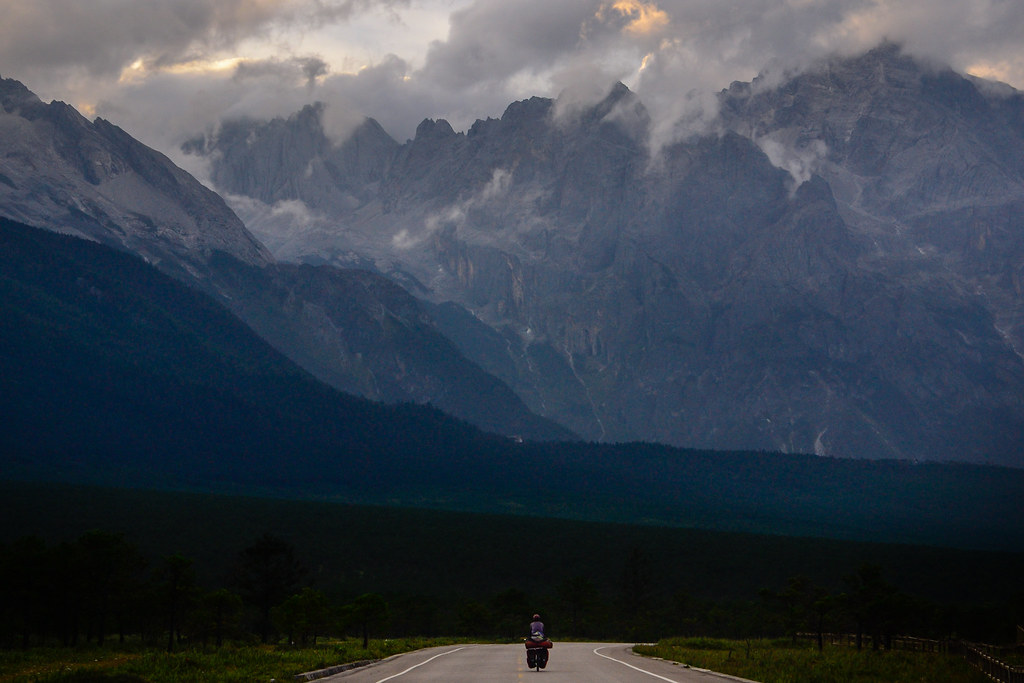
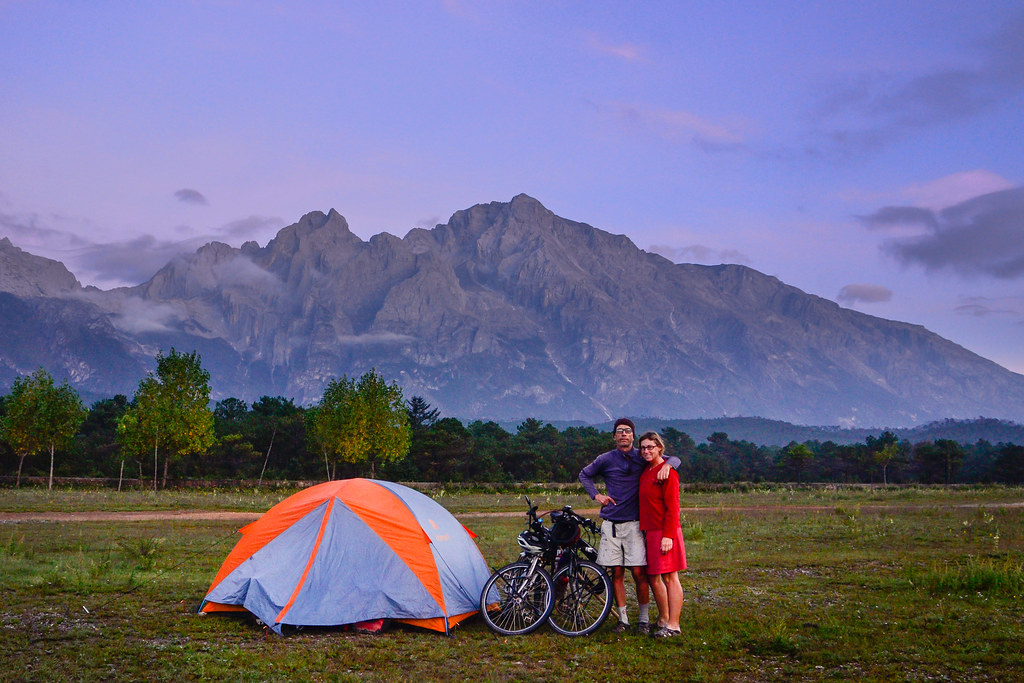
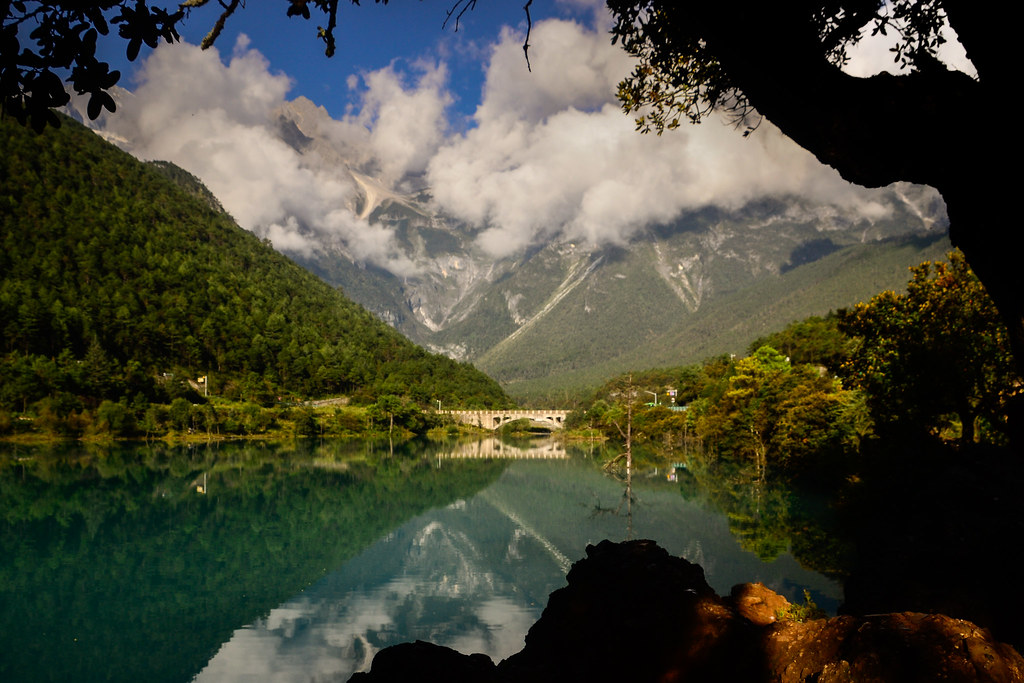
Tiger Leaping Gorge, on the way to Shangri-la, is one of the world’s deepest and a mecca for trekkers. We got a glimpse of the gorge while crossing the Yangtze on a rickety ferry. By all appearances, the crossing near Daju is rarely used. The dock is accessible via a narrow, steep footpath that descends 300 meters to water’s edge. With so little business, the ferryman doesn’t man the post full-time, but must be summoned via mobile phone. Up until just a few months ago, we were one of the few hold-outs to the worldwide mobile phone mania. Boy are we glad we finally broke down and got a smart phone (a cheap one, mind you, from Lenovo). Without a phone we’d have had to retrace our tracks all the way back to the village to make a call.
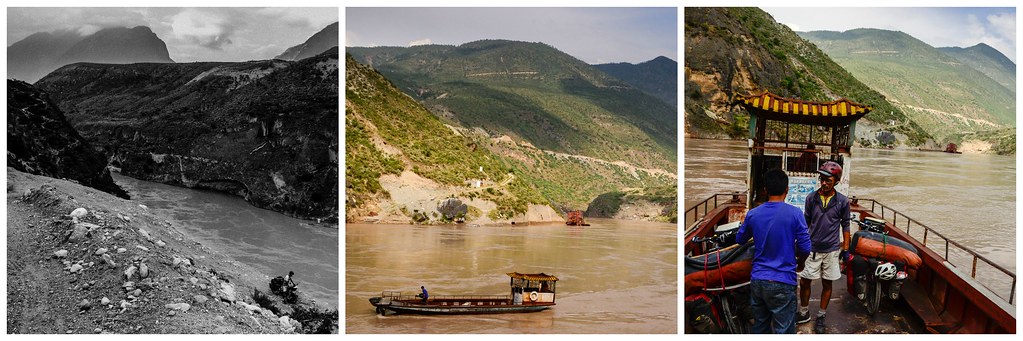
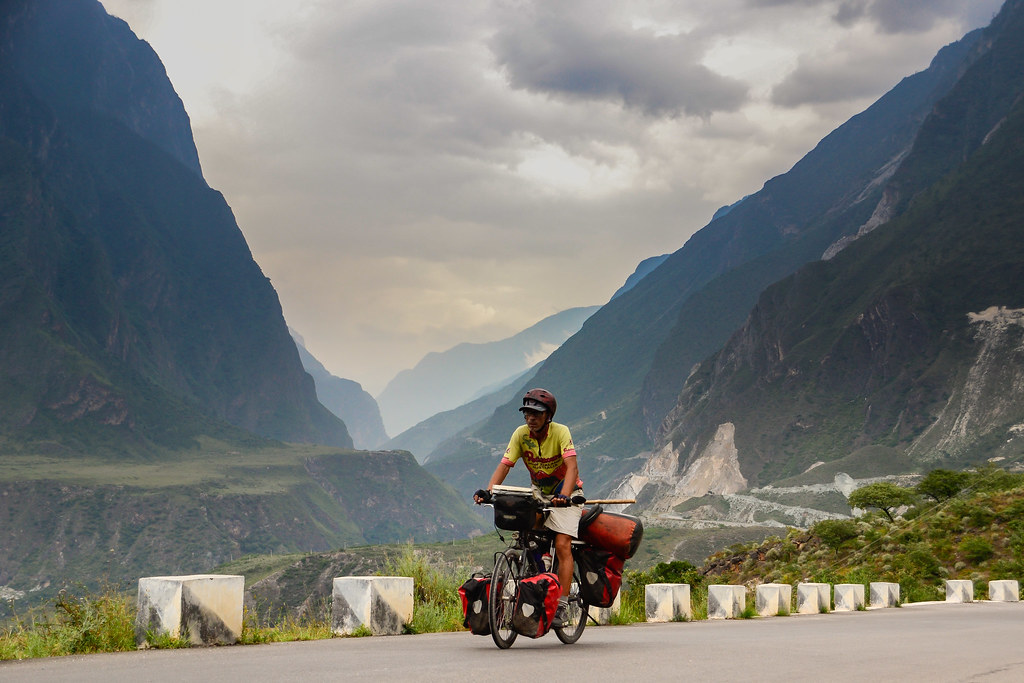
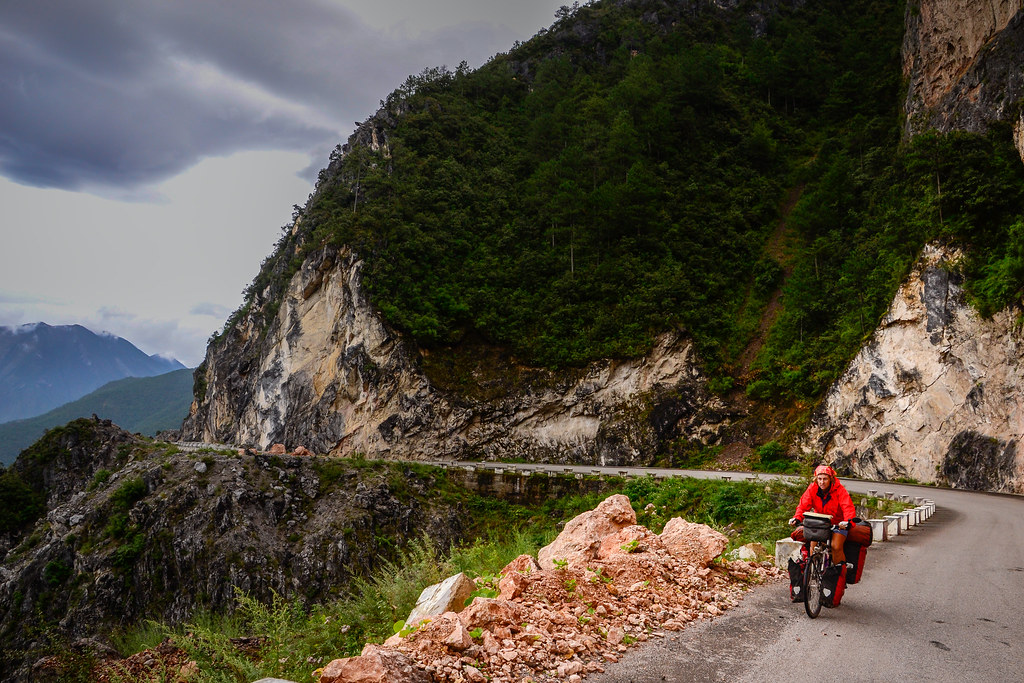
The road to Shangri-La
From a low point of 1,600 on the Yangtze, we’ve been up and over 4 or 5 passes on our way to Shangri-la. Inclement weather (OK, really just a gloomy, unrelenting rain that’s chilled us to the bone) has us trapped in a tiny two yak village 45 kilometers from the city.
Big challenges lay ahead. On the road from Shangri-la to Litang, we’ll be taking on numerous high passes, several over 4,500 meters. Neither of us deal with the cold particularly well and I’ve suffered altitude sickness in the past. Winter is fast approaching and I’m more than a little concerned about how we’re going to deal with climate conditions. Our last high mountain passes were in the Bolivian Andes way back in 2011. We’ve never been over 3,000 meters since then. I fear so much time spent in the tropics has made us soft.
The scenery on the Tibetan plateau is meant to be stunning, I just hope we can cope.
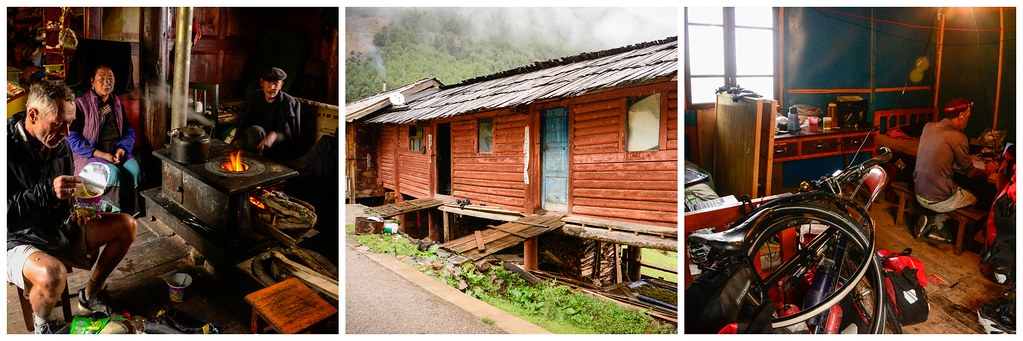
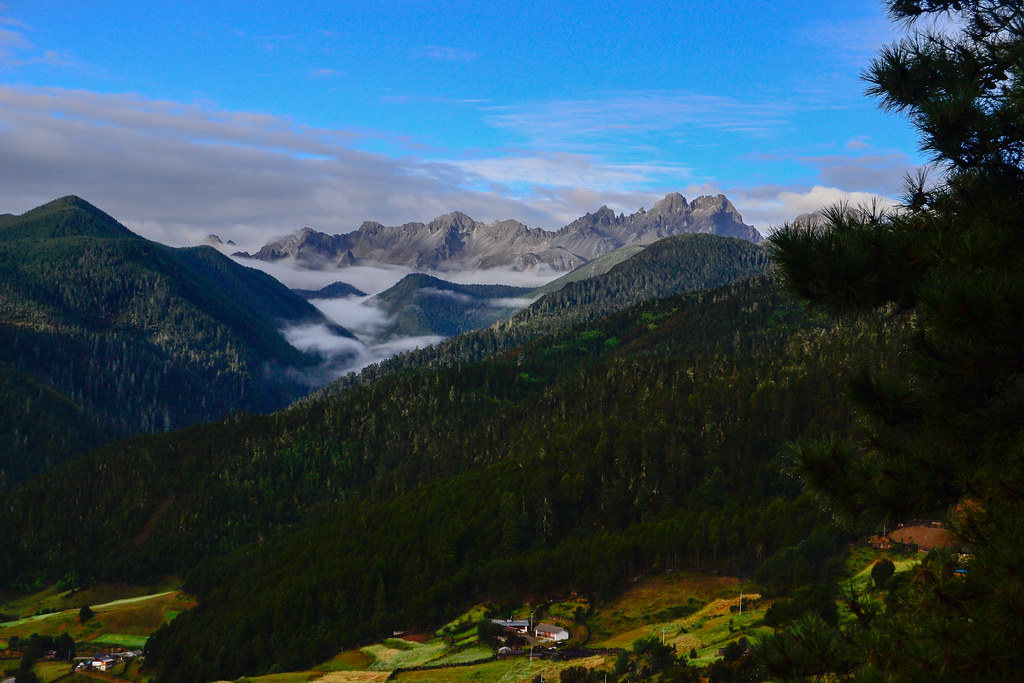






Wow! Those amazing landscapes make for some of your best photo’s.
Thanks, Kevin! So happy to know you’re still popping by the blog.
That photo ‘Jade Dragon Snow Mountain at dusk’ is stellar!
Thanks! There had been a burst of rain and then some truly amazing light as night began to fall.
We’ve arrived in Lijiang yesterday, tomorrow heading towards Tiger Leaping Gorge. After reading this post i can’t be more excited!
Oooh, gorgeous photos from Yunnan, they bring back some good memories.
But also remember some killer climbs! It seemed to be that we were either climbing or descending. I can’t remember any flat sections in all of Yunnan.